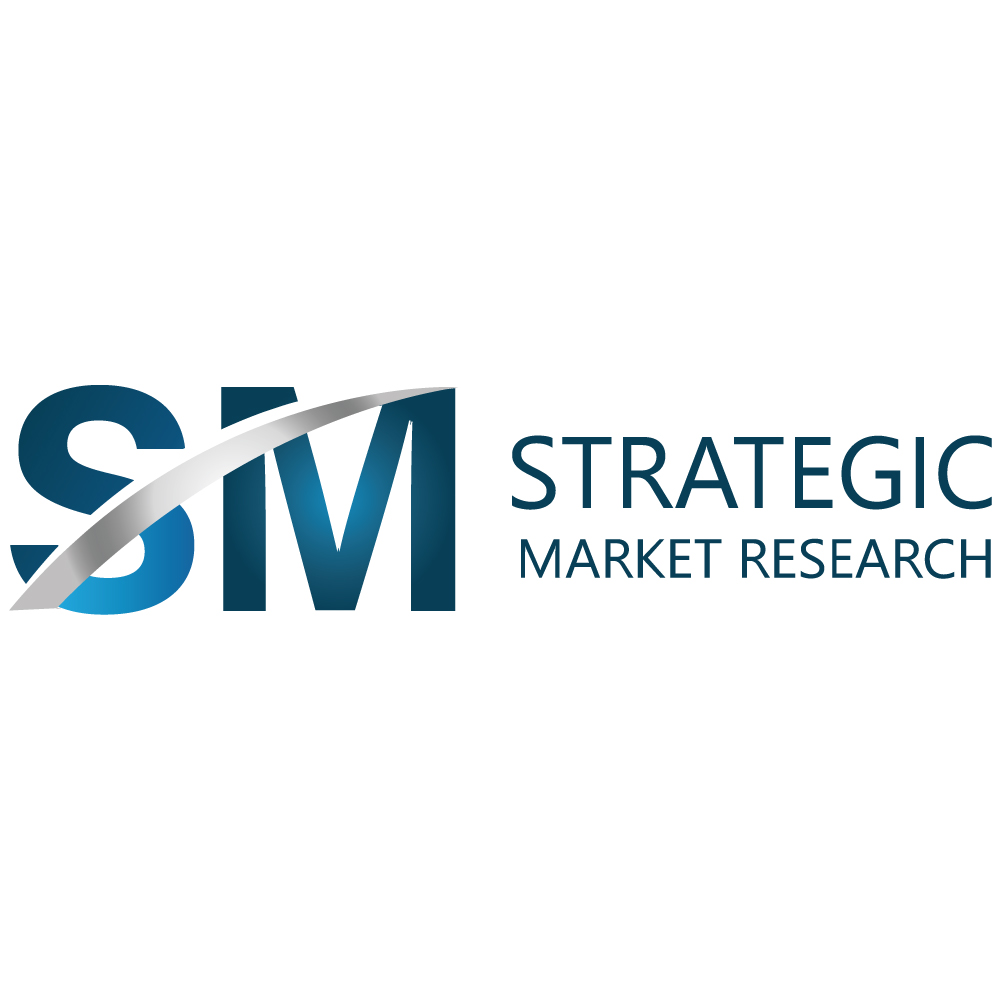Blood or blood components are administered intravenously into the bloodstream during a transfusion. Transfusions are carried out for several medical conditions such as anemia, sickle cell disease, a bleeding issue like hemophilia, or cancer when the blood components are lost to maintain blood levels and the blood components in the body. Blood transfusions involve the use of both one’s blood and other people’s blood. Factors like the rise in accidents, trauma cases, surgeries, and blood disorders primarily drive the market.
The market for blood transfusion in 2021 was USD 6.7 billion and will reach USD 11.31 billion by 2030, growing at a 6% CAGR during 2021-2030.
The COVID-19 outbreak led to severe lockdown procedures in some nations, which complicated the market. Three substantial consequences of COVID-19 on the world economy are possible: a direct influence on supply and demand, market and supply chain disruption, and a financial impact on companies and financial markets influencing the blood transfusion market.
Market Dynamics
Drivers
The key drivers of the market are factors like the increase in surgical procedures, accidents, trauma cases, and blood illnesses. In addition, the need for blood transfusions is growing globally as a result of natural disasters and extensive casualties. The prevalence of anemia, leukopenia, erythrocytosis, leukocytosis, and thrombocytosis is increasing, assisting in the market’s growth. Additionally, the incidence of diabetes will increase, and new product launches will probably drive the market ahead. The global market is also driven by the rising use of blood transfusion in the pediatric, adult, and elderly populations.
Restraints
The adverse consequences of a blood transfusion system, including fever-inducing viruses and infections, allergic responses, and blood-borne diseases, are expected to limit market expansion. Lack of infrastructure and high-priced equipment is limiting the global market for blood transfusions in developing nations.
Opportunity
The market for blood transfusions is expanding quickly because of the rise in technical improvements. One of the most cutting-edge research techniques is the utilization of stem cell technologies to produce lab-grown blood cells for human transfusion. Additionally, during the anticipated timeframe, market participants should benefit from rising consumer knowledge and rising acceptance of blood transfusion in emerging nations.
Market Segmentation
End User Insights
With more than 30% of the market share in 2020, the “hospital” category had the largest market share. The rise in accident and trauma cases creates the need for “hospitals.” Additionally, the blood bank industry will grow dramatically throughout the estimated time.
Regional Insights
Due to a growth in the number of surgical procedures and trauma cases, which is driving the need for blood transfusions, North America currently has a dominant position in the worldwide blood transfusion market and will generate more than 35% of the global revenue in 2021. The domination is mostly due to the region’s developed healthcare system, increased acceptability of the blood transfusion procedure, and growing public awareness of blood donations. In North America, the United States had the highest percentage. The proximity of significant market players, the accessibility of a number of diagnostic tests, and the more than 600 independent donation facilities all contribute to its supremacy.
Key players in the blood transfusion market
- Haemonetics Corporation
- Terumo Corporation
- Braun Melsungen AG
- Becton Dickinson
- Macopharma SA
- Fresenius Kabi
- Kaneka Corporation
- Grifols SA
- Immucor Inc.
The market for blood transfusion in 2021 was USD 6.7 billion and will reach USD 11.31 billion by 2030, growing at a 6% CAGR during 2021-2030. The most often performed surgeries that call for blood transfusions include those involving the heart, C-sections, trauma, and accident injuries. An increase in surgical operations, an increase in accidents and trauma cases, an increase in blood diseases, and technological advancements are some of the factors propelling market expansion.
